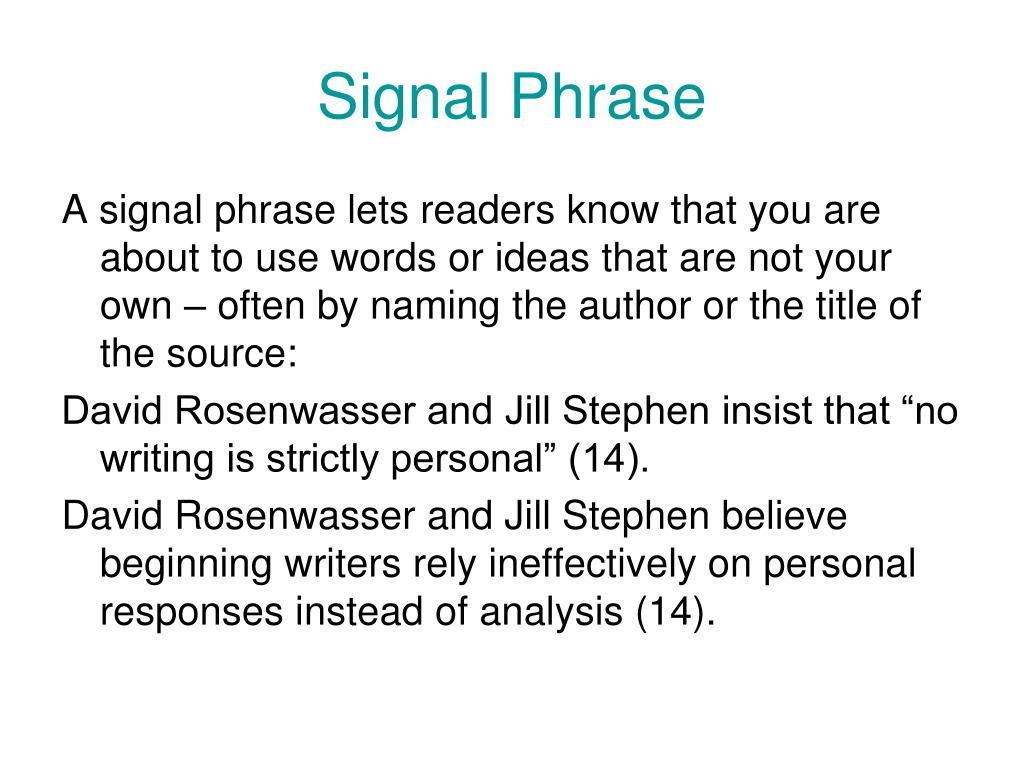

The author refers to the person or entity that created the source.Īuthors can include individual people writing books and articles, Film directors, government agencies, corporations, and many more. The citation is OUTSIDE of the end quotation marks, and the end period is AFTER the citation itself.

Long quotations (running for four lines or more) should be offset from the text, with the parenthetical reference at the end of the quotation. Use a direct quote only when the exact words used by the author are important to your argument. This method can be used after the author has been established in your text by a previous signal phrase. The end period is AFTER the citation, never before.

The page number is immediately after the author’s last name. The author is clearly identified in the parenthetical citation.In order to write well, one must think clearly and work at it, just as if one were doing any other logical task (Zinsser 12). You should generally use a signal phrase the first time you mention an author you are citing. The end period comes after the parenthetical citation. The page number is in parentheses after the sentence. You may reference the author either in your text or in the parenthetical citation, as in the examples below.Īuthor William Zinsser argues that in order to write well, one must think clearly and work at it, just as if one were doing any other logical task (12). Give the reader an accurate and comprehensive account of the ideas you have gathered from the source by describing it in your own words, while giving credit to the original creator. Paraphrasing is an effective way to convey others' ideas in your own voice.


 0 kommentar(er)
0 kommentar(er)
